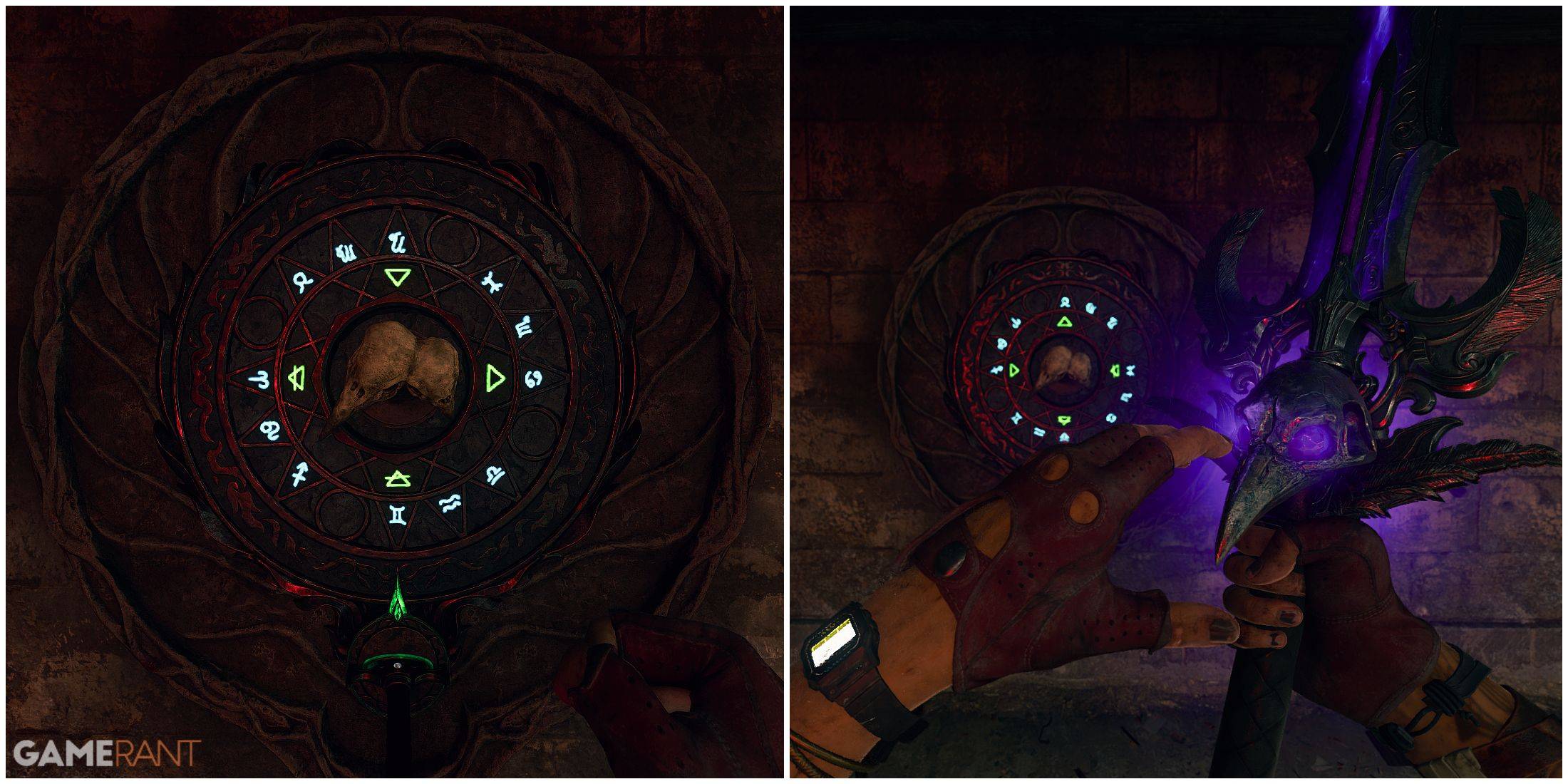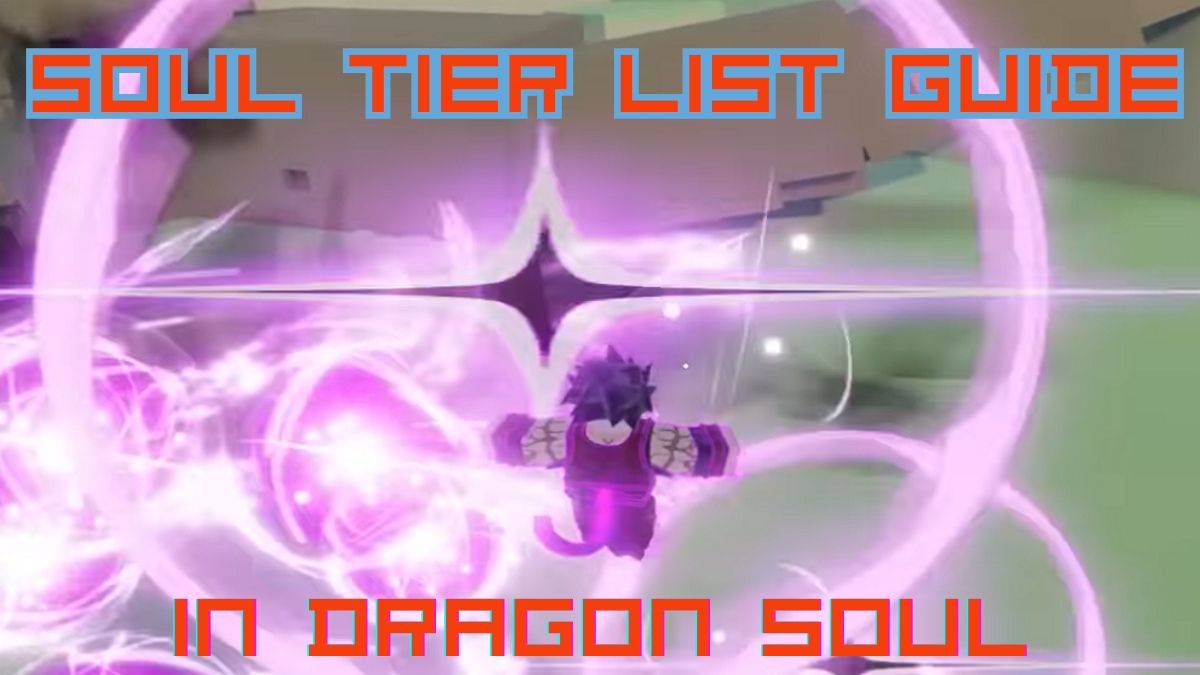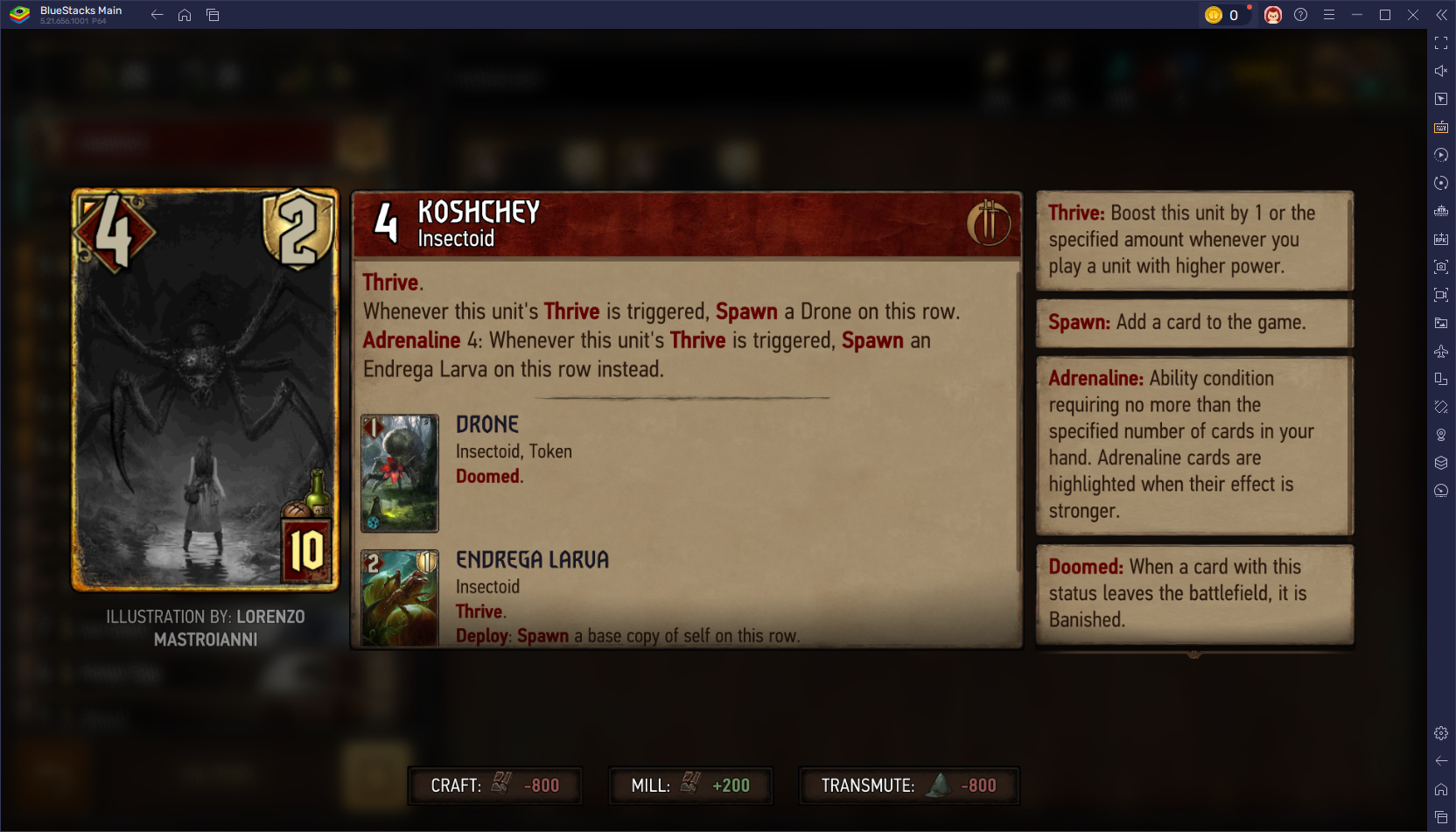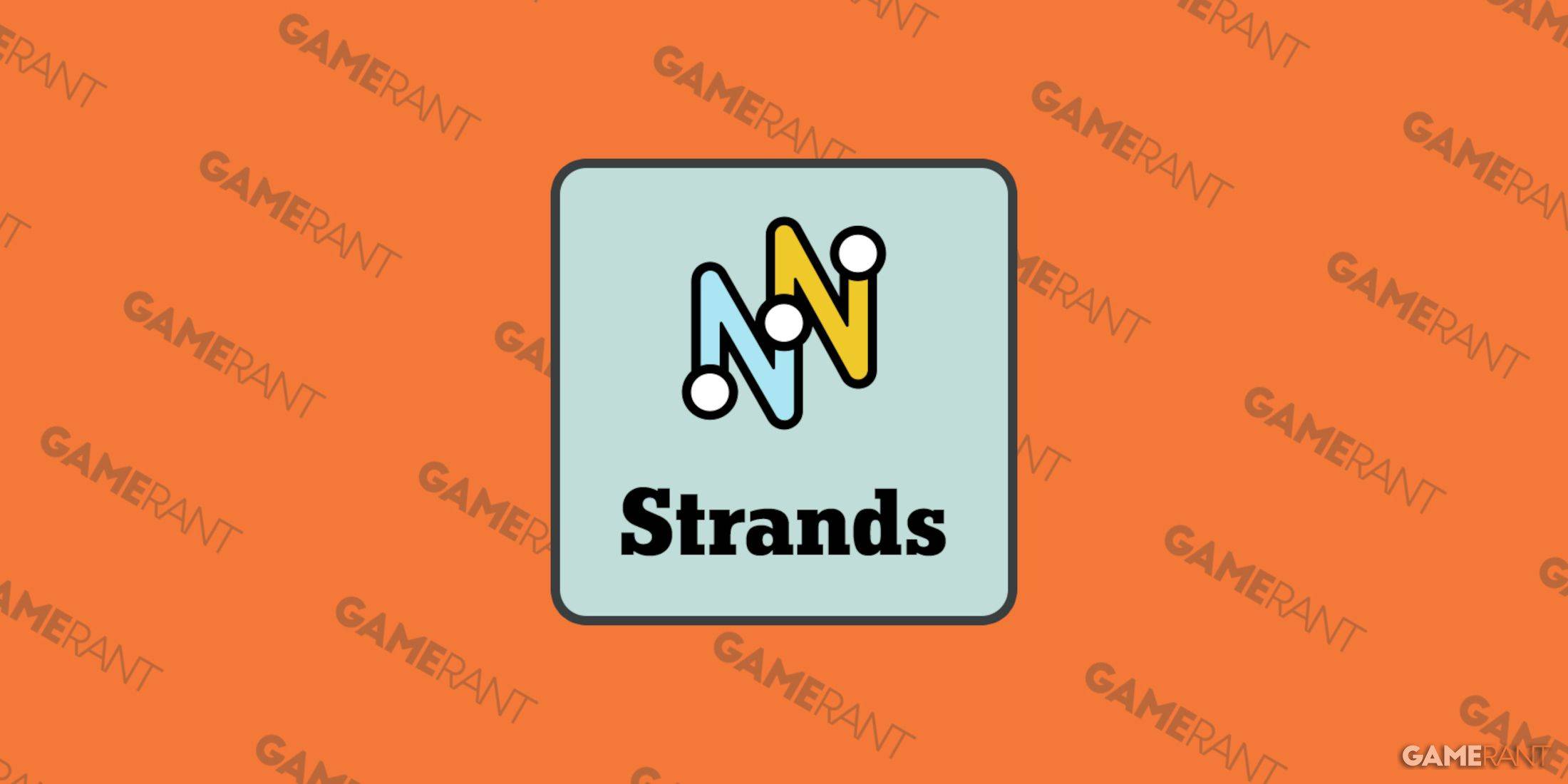"The Outer Worlds 2: Unleash Your RPG Character Creativity - IGN First"
- By Eric
- Apr 21,2025
Having finally seen The Outer Worlds 2 for myself, it’s clear that Obsidian Entertainment has prioritized deepening the RPG experience. While the first game offered a more streamlined approach to character progression, the sequel aims to break away from uniformity and encourage players to experiment with unconventional playstyles. The Outer Worlds 2 isn't just about complexity for its own sake; it's designed to foster creativity, specialization, and embrace the quirky choices players might make.
In a conversation about the revamped RPG mechanics, design director Matt Singh emphasized the desire to encourage experimentation with various builds. "We're looking for ways to incentivize the player to experiment with different builds, either traditional or non-traditional," he explained. The approach involves integrating player Skills, Traits, and Perks into synergistic builds that interact with other game systems. Our exclusive 11 minutes of gameplay footage showcased new elements like gunplay, stealth, gadgets, and dialogue, but our IGN First coverage focuses on the intricate details of these revamped systems and what players can expect from them.
Rethinking the Skill System
Lead systems designer Kyle Koenig reflected on the first game's tendency to produce characters proficient in everything, which diluted the personal experience. To address this, Obsidian has shifted from the original's Skill categories to individual Skills with more pronounced differences. "We wanted to focus on making each individual level-up and investment really important," Koenig stated. This change allows players to specialize more effectively, understanding which Skills are crucial for their desired playstyle. For example, players focusing on guns and medical devices can clearly see which Skills to prioritize.
Singh added that the new system supports a broader range of player profiles beyond traditional stealth, combat, or speech-focused builds. "There's more than just a traditional stealth-focused build, combat-focused build, or speech-focused build. There's a lot of blending of concepts," he noted. Investments in Skills like Observation can reveal hidden environmental elements, such as secret doors or interactive objects, thus opening up alternative paths.
The Outer Worlds 2 Character Creation - Screenshots
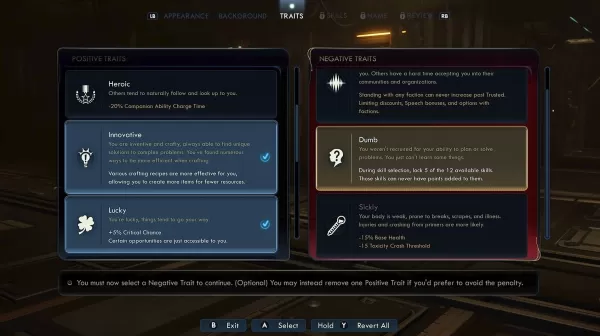
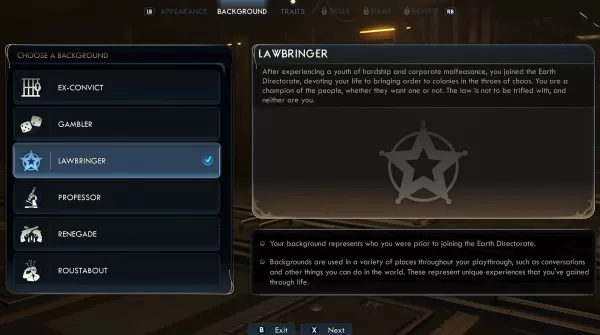 4 Images
4 Images
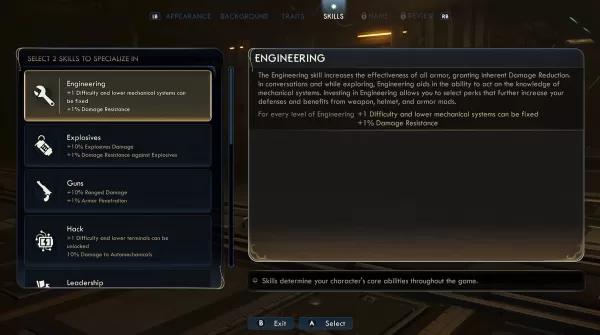
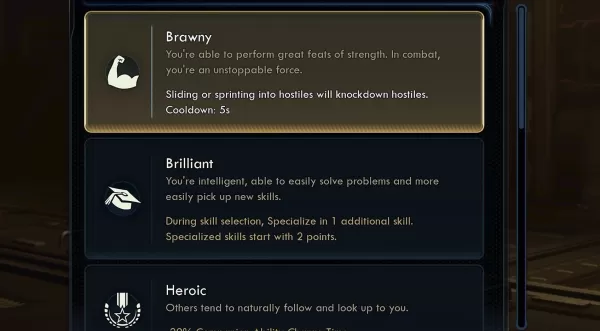
This approach, while common in RPGs, distinguishes The Outer Worlds 2 from its predecessor, using the revised Skill system to create varied character builds and enhance possibilities, particularly with the revamped Perks system.
The Perks of Getting Experimental
Obsidian has significantly expanded the Perks system, introducing over 90 Perks that require specific Skills to unlock. "As you invest in Skills, it changes how you can invest in Perks and leads you down many different paths," Koenig explained. For instance, the Perk 'Run and Gun' is tailored for those using shotguns, SMGs, and rifles, allowing firing while sprinting or sliding, and synergizing with Tactical Time Dilation (TTD) for bullet-time action. Another example is 'Space Ranger', which influences dialogue interactions and boosts damage based on your Speech stat.
Singh highlighted Perks designed for non-traditional playstyles, such as 'Psychopath' and 'Serial Killer', which reward players for killing every NPC they encounter. "Especially in an Obsidian game where we allow you to kill anybody – the game's going to respond, it's going to roll with it, and you're going to still be able to complete the game," he said, suggesting such a playstyle could be particularly fun in subsequent playthroughs.
Koenig also discussed traditional playstyles, noting the ability to leverage elemental combat. Players can mix and match damage types, such as using plasma to burn enemies while healing, or shock damage to temporarily control automechs and paralyze foes, or corrosive damage to strip armor and ensure critical hits.
The Positive and Negative Traits
The Outer Worlds 2 builds upon the original's Trait system, inspired by Fallout, where negative attributes could be exchanged for extra points to spend elsewhere. Koenig explained the Flaws system, where players could take permanent negative effects in exchange for Perk points. In the sequel, this concept expands with a system of Positive and Negative Traits, allowing players to select a negative trait to gain an additional positive one.
Examples of Positive Traits include 'Brilliant', which grants extra Skill points during character creation, and 'Brawny', enabling players to knock down targets by sprinting into them. Negative Traits like 'Dumb' prevent investment in five Skills, while 'Sickly' permanently reduces base health and toxicity tolerance. These options, seen in early stages, highlight the game's creativity in balancing player choices.
The Outer Worlds 2 Gameplay - Screenshots
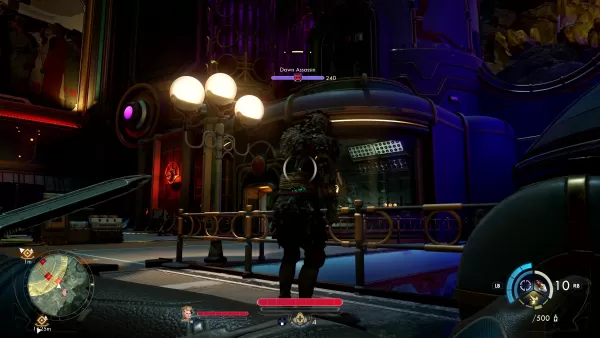
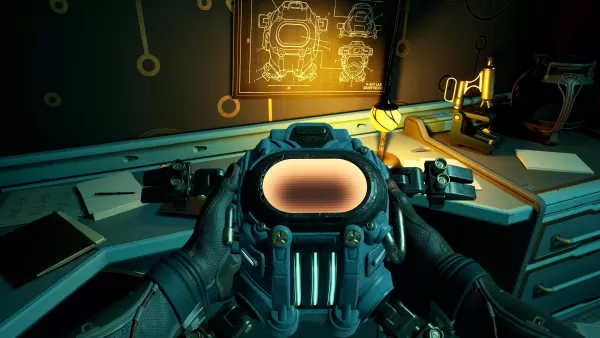 25 Images
25 Images
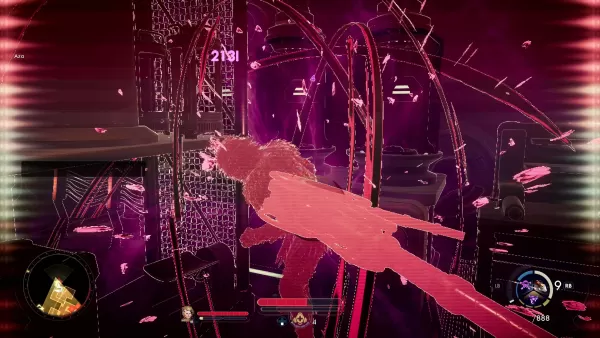

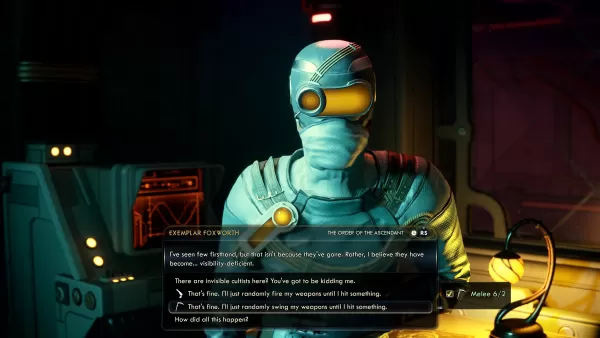
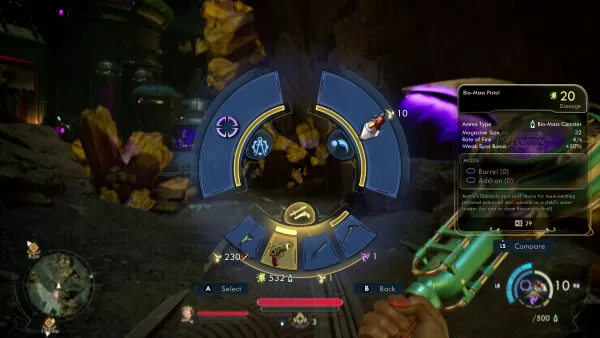
While a deeper dive into the revamped Flaws will be covered in another article, it's evident that The Outer Worlds 2 introduces more creative and sometimes humorous Flaws. The game monitors player behavior to offer Flaws with both positive and negative conditions, adding an unexpected layer to the Traits system. Players must opt into these Flaws, which then become a permanent part of their character.
Guiding Players and Ditching Respec
With the increased complexity in The Outer Worlds 2, Obsidian has focused on making the game's mechanics clear and accessible. "Right from the get-go, from character creation, we really wanted to put in the forefront what are the differences of these skills and what they do," Koenig stated. The game provides in-game explanations and UI elements, including short videos in the menus that demonstrate gameplay impacts.
A notable feature is the ability to mark Perks as favorites before unlocking them, aiding in planning and organizing progression paths or builds. The game's interface clearly shows requirements and icons to signify a Perk’s playstyle and related Skill.
Obsidian encourages players to make thoughtful choices, especially since there is no respec option after the introductory sequence. "By removing respec, we really incentivize it to be your experience. It is a part of your experience that no one else had, and I think that's really special about RPGs and something that respec tends to lessen," Koenig remarked.
Singh added, "Philosophy-wise, we really feel all of your choices should matter. They should be meaningful changes to your gameplay experience." He concluded, "This is just one of those ways where we're asking you to make a choice, stick to it, and see how that plays out in interesting and fun ways."
Latest News
more >-
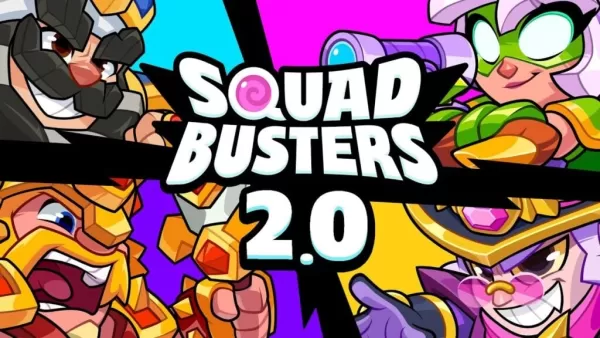
-
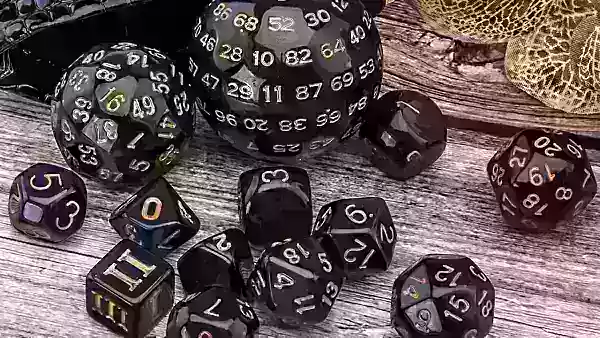
- 2025 D&D Starter Guide
- Dec 26,2025
-
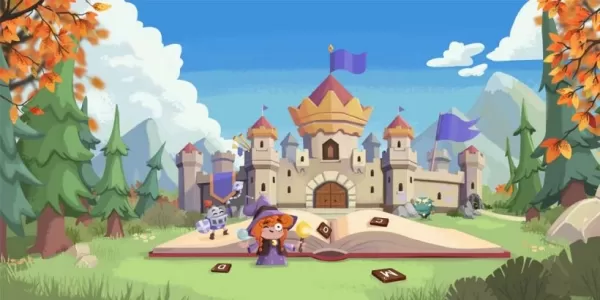
-
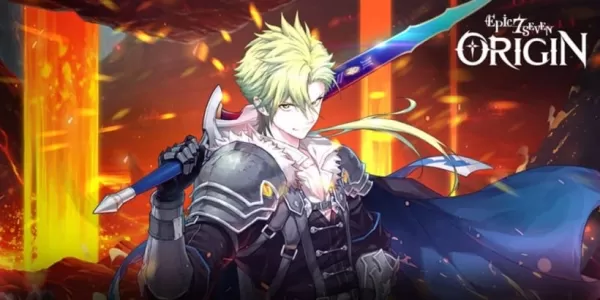
-

- GTA 6 Delayed Until May 2026
- Dec 25,2025
